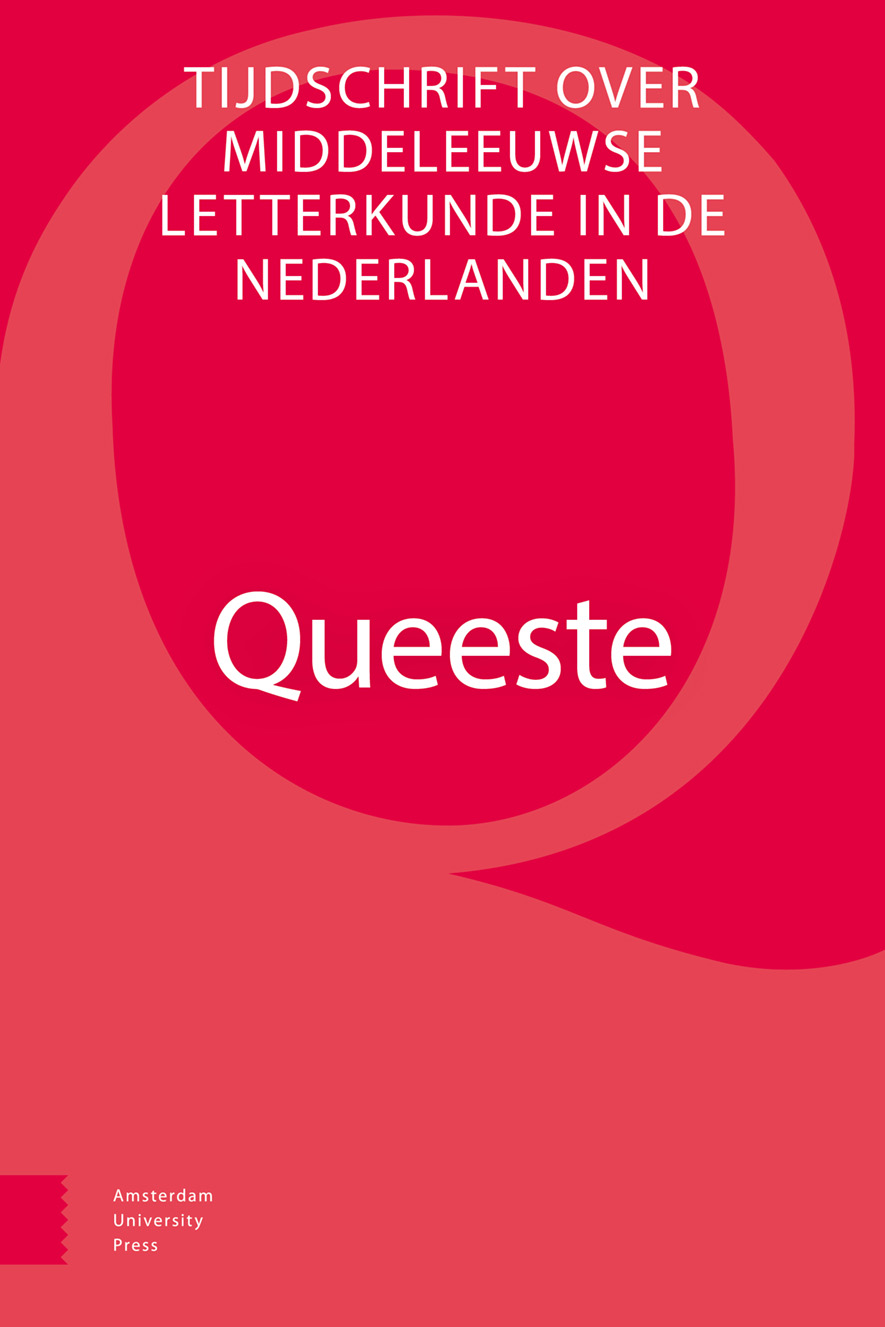-
oa Seks, dwang en instemming in het Antwerps Liedboek
Een Middelnederlands scenario ter voorkoming van seksueel geweld
- Amsterdam University Press
- Source: Queeste, Volume 31, Issue 1/2, Dec 2024, p. 52 - 83
-
- 01 Dec 2024
Abstract
The Antwerp Songbook, printed in 1544, is the most important source for popular song in Middle Dutch, comprising 221 song texts without notes, most of which discuss secular themes, most notably love and sex. In contrast to vernacular song traditions in surrounding continental regions, the Antwerp repertoire includes few pastourelle-like rape scenes. Instead, it foregrounds female consent, presenting sex as a mutual activity, enjoyed by two socially equal partners.
This article traces the role of consent in songs about sexual encounters and examines how the relevant narrative sequences are shaped by a common understanding of the importance of bedroom communication. Based on this analysis, an exemplary scenario or social script for the initiation of sexual relations is identified, that may have served the sexual education of young adults, empowering girls and boys alike and supporting the prevention of sexual assault in the late medieval Low Countries.


